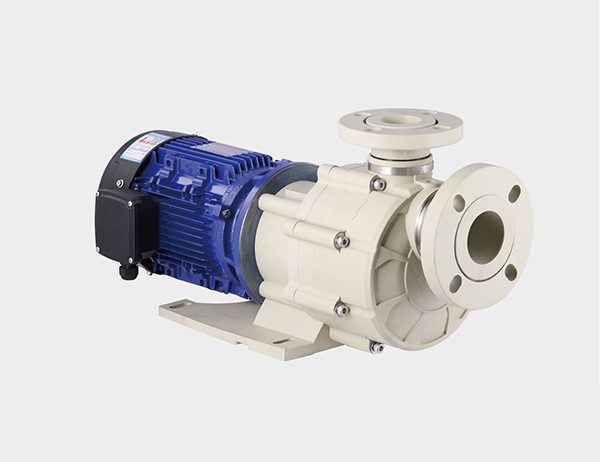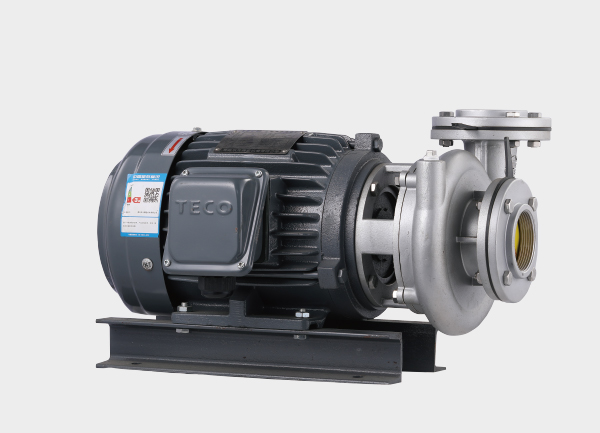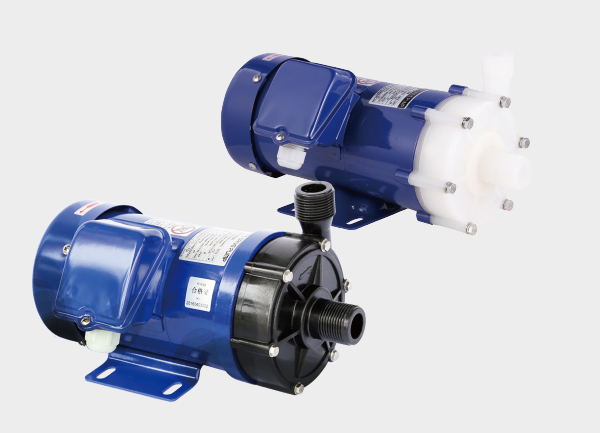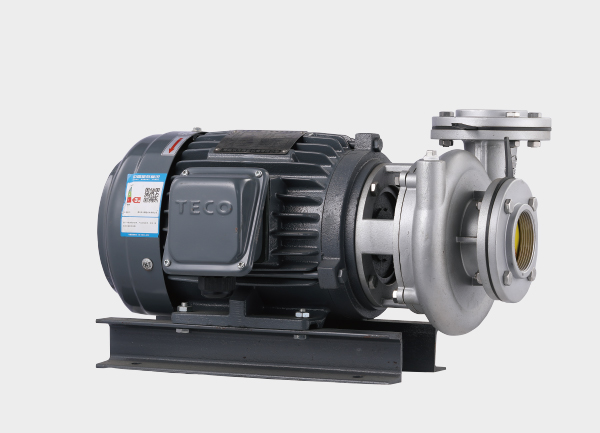A stainless steel vertical sump pump is a highly reliable solution for transferring corrosive, high-temperature, or particle-containing liquids directly from tanks or pits. To help you better understand its performance, operation, and maintenance, this guide explores six key modules: structure analysis, working principle, performance parameters, selection criteria, installation and maintenance, and troubleshooting.
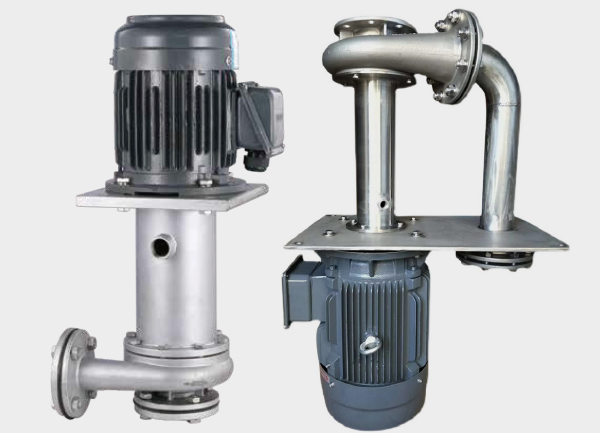
1. Core Structure: From Materials to Components
The structural design of a stainless steel vertical sump pump determines its chemical compatibility, operational stability, and service life. Understanding the materials, sealing systems, and core components is essential.
1.1 Material Selection and Applications
Different stainless steel grades offer varying levels of corrosion and temperature resistance. Selecting the right material based on the chemical properties of the liquid is critical.
| Material | Key Composition | Corrosion Resistance | Temperature Resistance | Typical Applications | Not Suitable For |
|---|---|---|---|---|---|
| 304 SS | 18% Cr + 8% Ni | Resistant to mild acids, neutral salts | ≤600°C | Food liquids (juice, milk), freshwater, diluted sulfuric acid ≤10% | Strong acids (HNO₃, HCl), seawater (>200 ppm chloride) |
| 316L SS | 18% Cr + 12% Ni + 2% Mo | Resistant to chlorides and sulfides | ≤800°C | Hydrochloric acid ≤20%, seawater, electroplating liquids, organic acids | Concentrated nitric acid ≥65%, molten alkalis |
| 904L SS | 20% Cr + 25% Ni + 4.5% Mo + 1.5% Cu | Excellent corrosion resistance | ≤850°C | Concentrated sulfuric acid (50–98%), phosphoric acid, desalination systems | Molten salts (e.g. KNO₃) |
| Hastelloy C-276 | 57% Ni + 16% Cr + 16% Mo + 5% Fe | Resistant to oxidizing acids and halides | ≤1000°C | Concentrated nitric acid, hydrofluoric acid, chemical reactors | Extremely costly, not ideal for non-extreme use |
1.2 Sealing Systems: Preventing Leakage
Proper sealing is critical to ensure safe, long-term operation.
Single Mechanical Seal – Simple, low-cost; for non-toxic, non-volatile liquids like cooling water.
Lifespan: 3000–5000 hours.Double Mechanical Seal – Two seals with a barrier fluid (oil or glycol).
For: toxic, flammable, or slurry media.
Leakage rate: ≤0.1 ml/h; Lifespan: 8000–12000 hours.Magnetic Drive (Seal-less Design) – Uses magnetic coupling for zero leakage.
Best for: cyanide, electronic-grade ammonia, or ultra-pure liquids.
Note: Not suitable for iron-containing media (can demagnetize coupling).
1.3 Key Functional Components
Guide Vane: Converts velocity into pressure, increasing pump head by 10–15%.
Shaft Sleeve: Made of silicon carbide or nitride; protects the shaft from wear and corrosion.
Bearing Housing: Sliding bearings (lubricated by liquid) for high-speed pumps; rolling bearings (grease-lubricated) for slower systems.
2. Working Principle: Hydraulic Dynamics in Action
Understanding how the pump handles fluids helps optimize operation and prevent cavitation.
2.1 Step-by-Step Operation
Suction Stage: The impeller rotates at 1450–2900 rpm, creating low pressure at the inlet (~0.05 MPa).
Pressure Increase: Liquid moves outward due to centrifugal force; outlet pressure reaches up to 0.8 MPa.
Discharge: The guide vane slows the fluid (8 → 3 m/s), converting kinetic energy into pressure energy.
Continuous Supply: Negative pressure at the impeller eye draws in more liquid for steady pumping.
2.2 Cavitation Prevention
Cavitation is the main cause of damage in sump pumps.
Submersion Depth:
Formula:H ≥ 1.2 × NPSHr + 0.5 m
Example: If NPSHr = 3 m → H ≥ 4.1 m minimum immersion depth.Inlet Design:
The inlet diameter should be 10–20% larger than the impeller eye, keeping velocity ≤1.5 m/s.
Install an anti-vortex plate to prevent air entrainment.
2.3 Impeller Type Comparison
| Type | Efficiency | Suitable Media | Particle Tolerance | Notes |
|---|---|---|---|---|
| Closed | 75–90% | Clean liquids (ethanol, pure acids) | ≤0.3 mm | High efficiency, not for solids |
| Open | 50–70% | Slurries, wastewater | ≤5 mm | Resistant to clogging |
| Semi-Open | 65–80% | Slightly particle-laden liquids | ≤2 mm | Balanced efficiency & anti-blocking |
3. Performance Parameters: From Numbers to Selection Logic
3.1 Key Equations and Selection Guidelines
Flow Rate (Q) = volume per hour (m³/h)
Select = required flow × 1.1Head (H) = lift height + pipe losses
Htotal=Hreq+λ(L/D)(v2/2g)+0.1HreqH_{total} = H_{req} + λ(L/D)(v²/2g) + 0.1H_{req}Htotal=Hreq+λ(L/D)(v2/2g)+0.1HreqNPSH Condition: NPSHa≥1.2×NPSHrNPSHa ≥ 1.2 × NPSHrNPSHa≥1.2×NPSHr
Motor Power:
P=(Q×H×ρ×g)/(3600×η×ηtrans)P = (Q × H × ρ × g) / (3600 × η × η_{trans})P=(Q×H×ρ×g)/(3600×η×ηtrans)
3.2 Correction Factors
| Factor | Condition | Correction |
|---|---|---|
| Viscosity | >50 cSt | Flow ×0.85, Head ×0.8 |
| Density | >1000 kg/m³ | Power ×(ρ/1000) |
| Temperature | Higher temp = lower viscosity, higher vapor pressure | Increase submersion depth to ensure NPSHa |
4. Applications: Industry-Specific Selection Chart
| Industry | Application | Fluid Type | Recommended Model | Material | Seal Type | Key Requirement |
|---|---|---|---|---|---|---|
| Chemical | Acid transfer | 30% HCl, 50% H₂SO₄ | Closed impeller | 316L | Double seal | Corrosion-proof, leak-free |
| Electroplating | Bath circulation | Chromium plating liquid | Semi-open impeller | 316L | Single seal | Anti-clogging |
| Pharmaceutical | Pure water, solvents | Extraction liquids | Closed impeller | 316L / 904L | Magnetic | Sanitary grade (Ra ≤0.8μm) |
| Food | Syrup, juice | Sugar solution | Closed impeller | 304 | Single seal | Easy cleaning, non-toxic |
| Environmental | Wastewater | Sludge (≤5%) | Open impeller | 304 | Double seal | Anti-wear, non-clog |
| Power Plant | Desulfurization slurry | CaCO₃ slurry | Open impeller | 316L | Double seal | High temp ≤120°C |
5. Installation and Maintenance
5.1 Installation Tolerances
| Step | Requirement | Allowable Error |
|---|---|---|
| Base leveling | Use spirit level | ≤0.1 mm/m |
| Vertical alignment | Check with dial indicator | ≤0.05 mm/m |
| Coupling alignment | Radial runout ≤0.03 mm, End runout ≤0.02 mm | Gap: 1.5–2 mm |
| Piping | Support separately, no load on pump body | Filter mesh ≤1/5 impeller inlet |
5.2 Maintenance Frequency
| Task | Interval | Key Check | Standard |
|---|---|---|---|
| Bearing lubrication | Sliding: 800 h / Rolling: 500 h | Lubrication condition | ≤70°C (stop if >80°C) |
| Mechanical seal | 1000 h | Oil level, clarity | Leak ≤0.1 ml/h |
| Impeller cleaning | Every 3 months | Balance, cracks | Vibration ≤0.1 mm |
| Motor insulation | Every 6 months | Resistance ≥0.5 MΩ | Replace if <0.1 MΩ |
6. Troubleshooting Guide
| Problem | Likely Causes | Solutions |
|---|---|---|
| Low Flow Rate | Clogged impeller, pipeline leaks, low motor speed | Clean impeller, replace seals, check wiring |
| Low Head | Worn impeller, blocked guide vane, high viscosity | Replace impeller, clean guide vane, reselect pump |
| Vibration (>0.1 mm) | Misalignment, worn bearing, imbalance | Re-align coupling, replace bearing, rebalance impeller |
| Seal Leakage | Worn faces, low barrier fluid, aging O-rings | Replace seal faces, refill barrier fluid, renew O-rings |
| Motor Overload | High fluid density, shaft jam, short circuit | Recalculate power, clear shaft, repair motor |
Conclusion
A stainless steel vertical sump pump performs optimally only when material, design, and operation are precisely matched to the process fluid. By mastering material selection, performance calculations, and maintenance standards, you can ensure reliable performance, extend pump life up to 5–8 years, and significantly reduce lifecycle costs.


